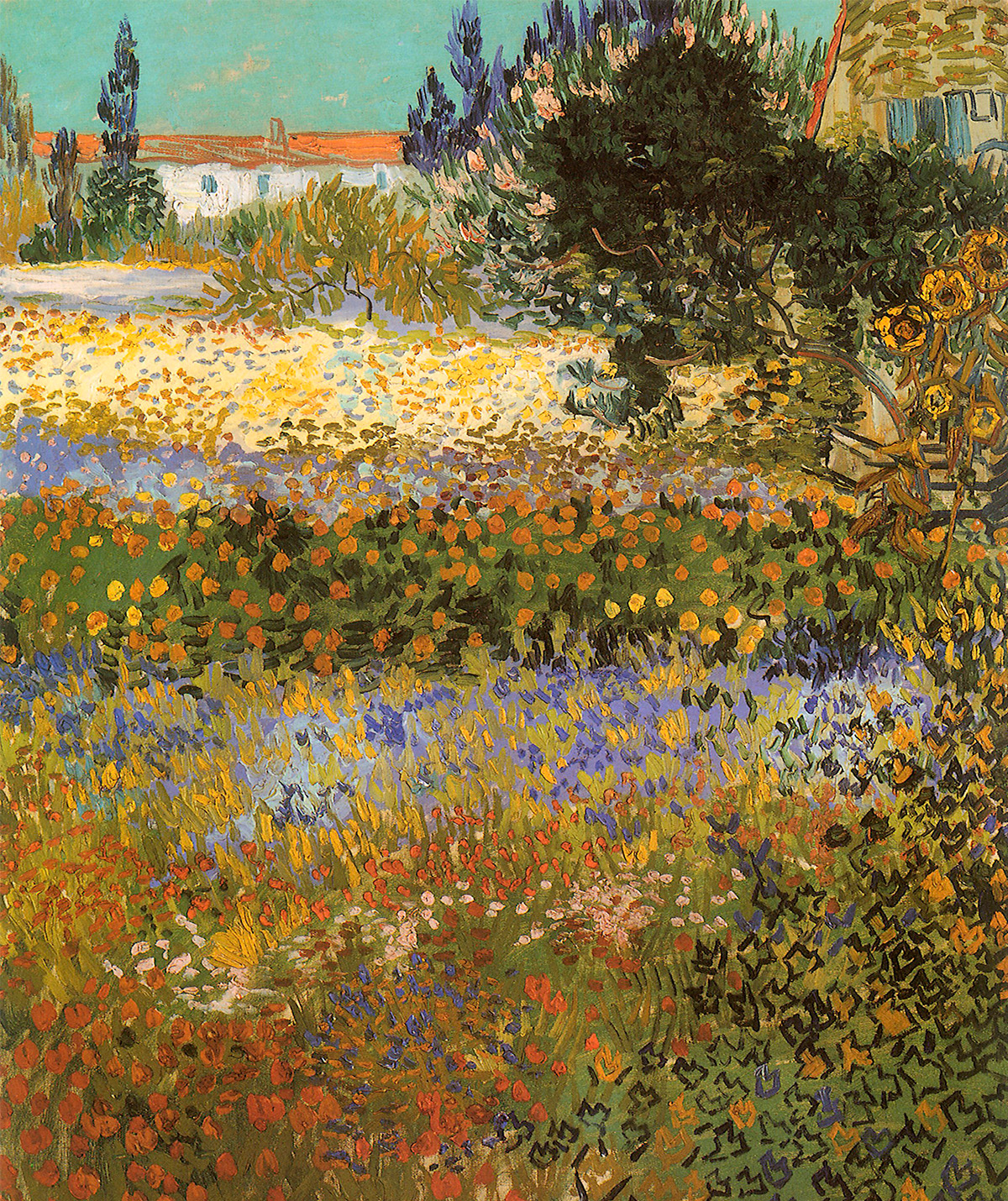No one can argue against the fact that being outside is good for the soul. A bracing walk, a lie in the sun or a dance in the rain helps us shake off the cobwebs and recharge from the inside out.
Science agrees. Multiple studies have shown the positive impact of gardening therapy, and the effect being in nature has on us. Simply being outside and breathing in the air can bring an enormous sense of wellbeing. Getting our hands dirty supercharges this even more.
A 2017 meta-analysis found that gardening boosts mental, physical and social wellbeing as well as cognitive function, with evidence showing that it could reduce the risk of dementia. Meanwhile, a UNSW report indicated that pottering in the garden could help relieve pandemic-related stress.

“Gardening gives us an excuse to get outside away from computer screens and enclosed office spaces, and immerse ourselves in nature,” says Greener Spaces Better Places ambassador Toni Salter.
“Gardening is very much a care-giving role, so people experience an increased sense of responsibility and purpose when they do it. Watching plants grow can promote feelings of gratification and success which can improve our self-esteem.”
Indoor plants provide similar feel-good vibes. A Greener Spaces Better Places study of plant buying Australians found that 4 percent say the pandemic made them more aware of the importance of nature in their family’s lives. The more plants we’re surrounded by, the better.
And while looking after one house plant might give us a sense of fun and creativity, five plants in your space is said to improve mental wellbeing by 60 per cent. It’s all about branching out.
Stop and smell the roses
Being in nature or viewing scenes of nature has been shown to reduce anger, fear and anxiety. It’s a classic example of mindfulness, allowing us to switch off from deadlines, mortgages and everyday life.
One study found that simply adding a few plants to a bare front garden can lower stress levels and increase happiness. The study by the Royal Horticultural Society, together with the Universities of Sheffield, Westminster and Virginia, found that more than half of the participants in the trial said the garden helped them feel happier. Two-fifths reported the garden helped them to relax, and just over a quarter said it helped them get closer to nature.
WATCH: Maggie Barry talks about the importance of getting children into gardening early (Article continues after video)
The physical benefits of gardening therapy speak for themselves. Exposure to nature contributes to reducing blood pressure, heart rate, muscle tension and the production of stress hormones. “Rigorous activities such as mowing and digging over garden beds can give us a great full body workout and burn off adrenaline, which helps the body relax,” says Toni. “The more time spent gardening, the more exercise for your body.”
Gentle exercises such as potting up seedlings, watering, repotting houseplants or fertilising our potted veggies can be a relaxing way to unwind and distract us from negative thought patterns.
Lawnmowers and wheelbarrows are a great workout for upper and lower body strength, which can help with supple joints, back and arthritis prevention. Getting down on our hands and knees to dig in the soil increases cardio, which is great for a healthy heart.
Cultivating creativity and hope
Digging soil, watering and watching your plants come to life could well bring out the creative in you. A study among Danish creative professionals found that being focused on nature increases our curiosity and makes us more flexible in our way of thinking. Aside from fostering creativity, planting and gardening also helps us develop patience and brings a sense of optimism for the future as we wait for the harvest.
“Growing bulbs can become a symbol of hope,” says Toni. “When we plant a dormant bulb into cold wintery soil, we anticipate a beautiful daffodil or tulip blooming in the spring. We wait eagerly for months to see something positive grow and can see it as a metaphor for life, coming through the other side of difficult times or crises.”
Toni notes that replanting trees after bushfires or floods are a symbol of hope for rebuilding and restoration. The same applies for nurturing seedlings into mature plants that can be picked for a vase, or vegetables to eat. So, what should we plant?

Toni suggests planting daffodil and tulip bulbs for spring flowers, or edible bulbs such as garlic for a summer harvest. Other edibles to be planted in autumn are broccoli, iceberg lettuce and snow peas. Annual pansies, primula and cineraria provide colourful displays for the spring garden if planted around April. If you need further help, Toni recommends speaking to a horticulturist at your local nursery who can advise what plants are best for your climate and soil.
Top tips on mindful gardening
-
Take it slow. Don’t rush the activity, and choose plants and garden elements that engage your senses. See, smell, taste, listen and feel the objects you’re working with.
-
Don’t expect perfection. It takes time and practice to get things perfect and, just like us, plants are often quite resilient. They’ll handle a few mistakes along the way.
-
Enjoy the process more than the result. It’s not always about how things turn out, but how we can make the most of the time we spend on it.
-
Don’t forget to water. Even though winter months are cooler and watering needs are less, don’t forget about your plants altogether.
-
New plants need a bit of extra TLC. Seedlings need extra watering, fruit trees need protection from birds and pests, and saplings may need protection from sunburn or frost for the first season.
-
Don’t starve your plants. All plants need some fertiliser to remain healthy and continue to grow.
-
Invest in a plant that’s traditionally associated with positivity, wellbeing and spiritual energy. These include: sunflowers, jasmine, rosemary, lucky bamboo, money plant, basil, peace lily, orchids and lavender.

